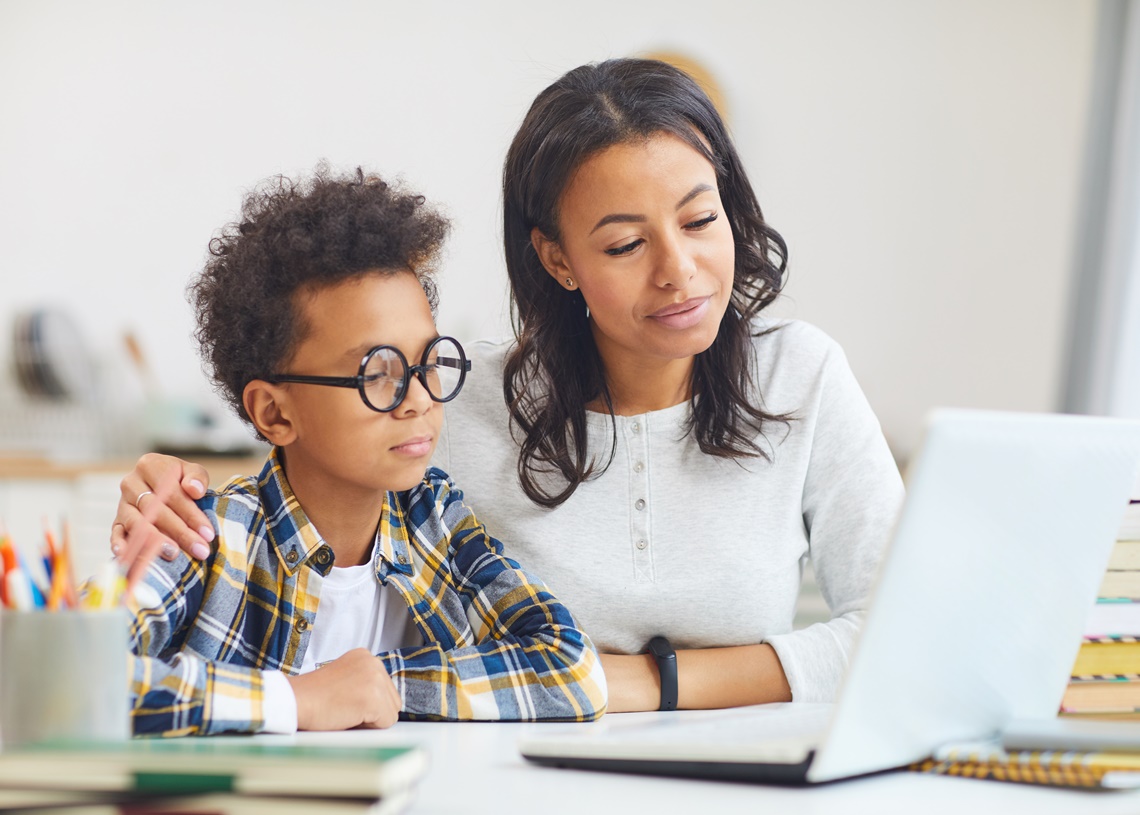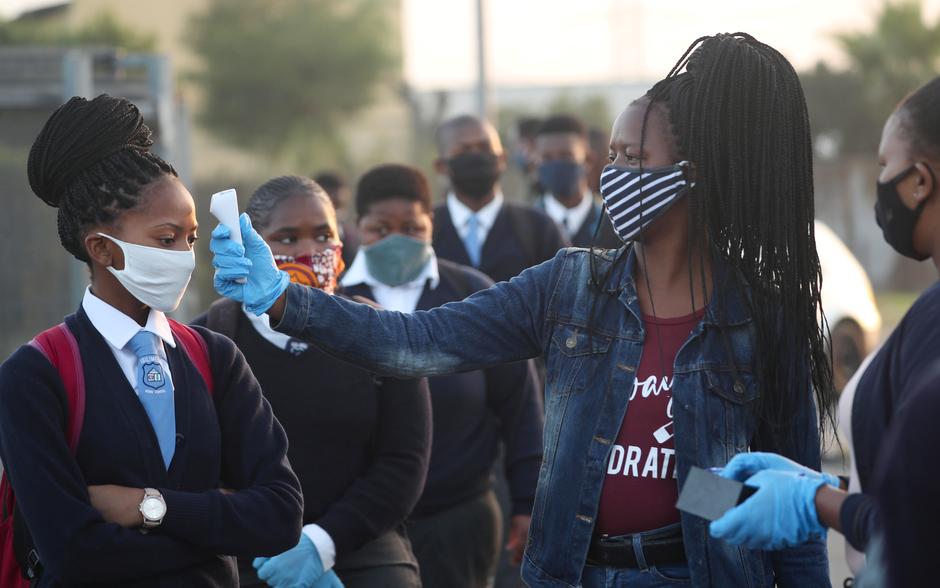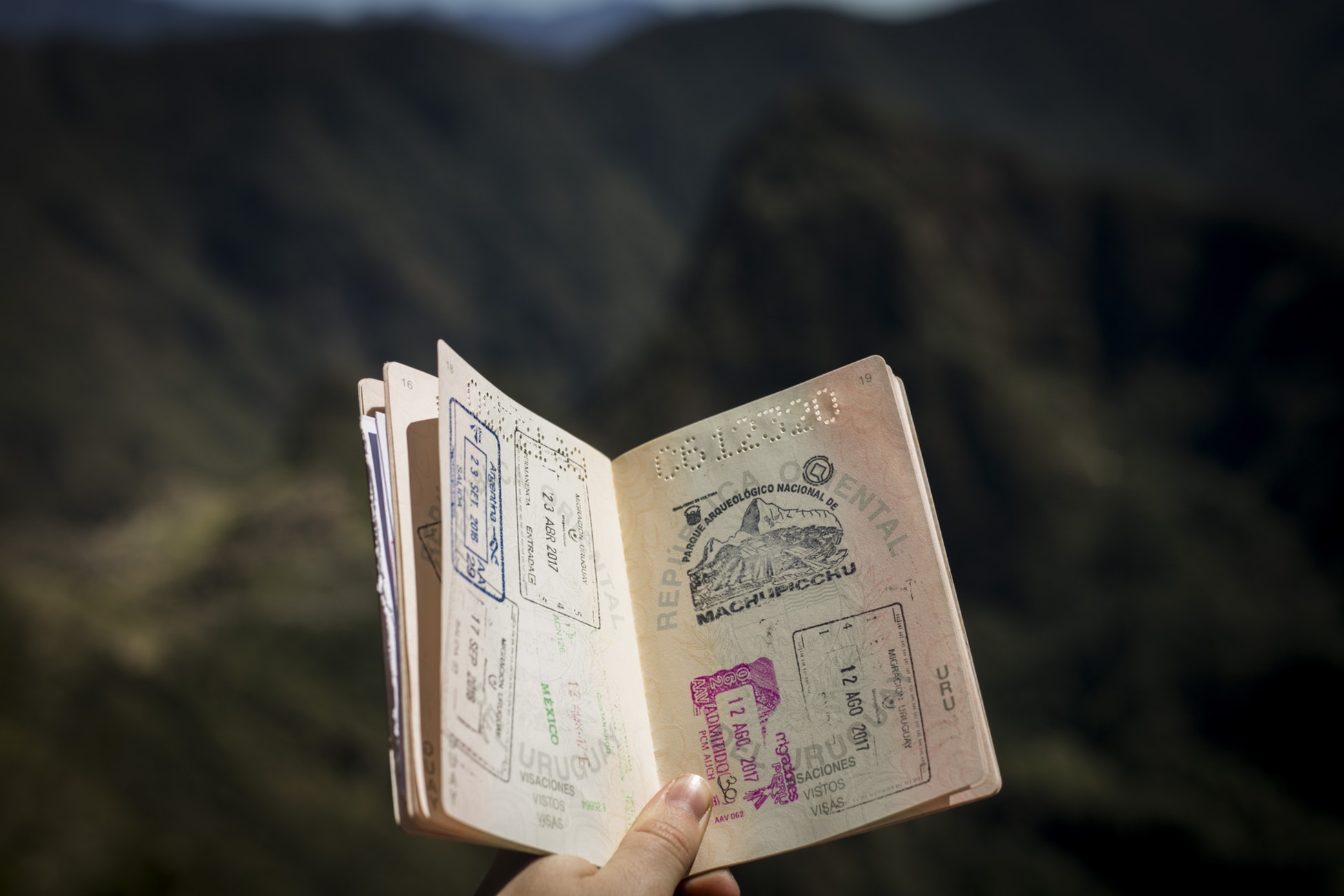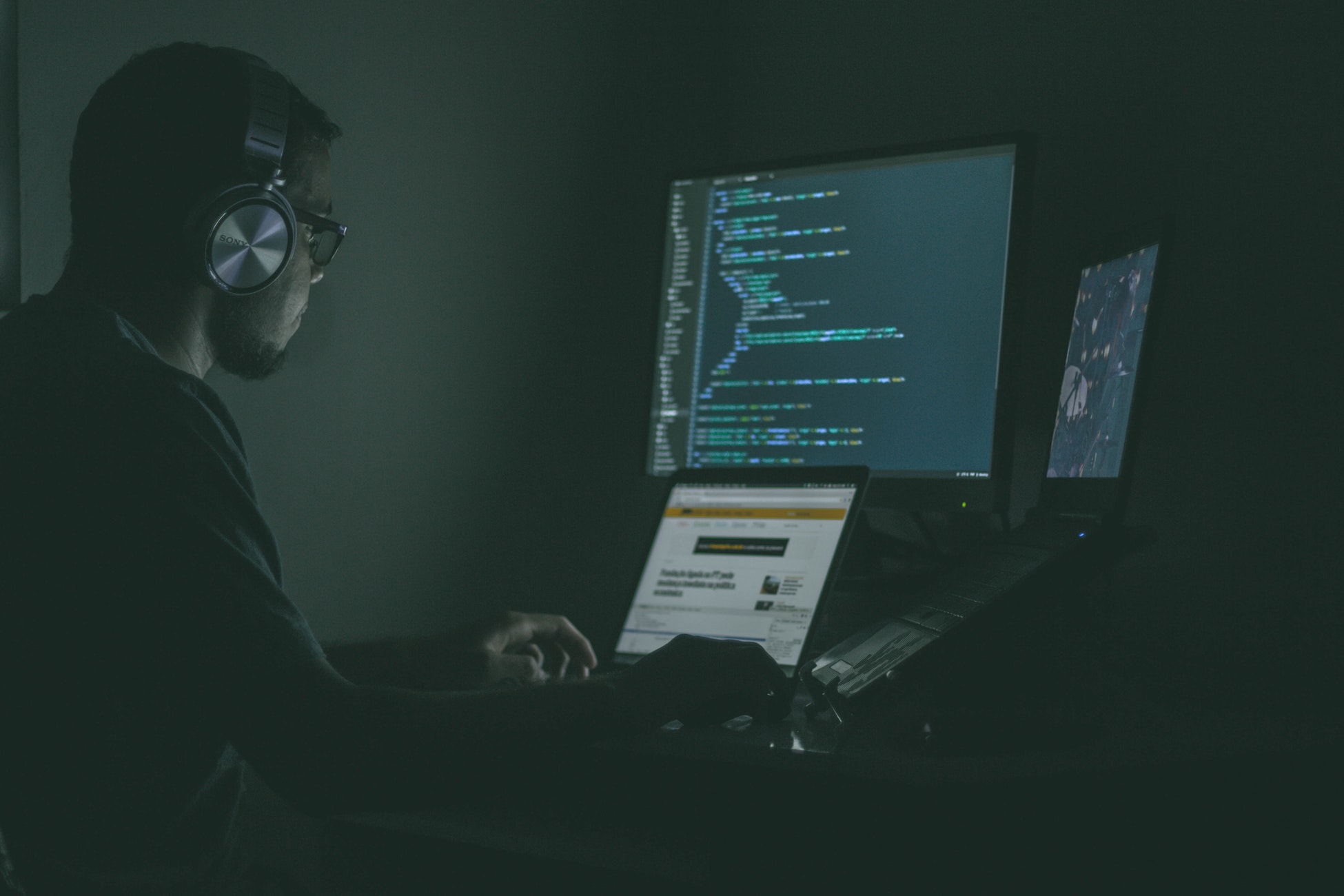Blockchain in schools is a relatively emerging concept, and many stakeholders within the education industry are still unaware of its capabilities and how it is destined to transform every aspect of a student and teacher’s life. It could also serve as a middle ground in the ceaseless battle between teachers and parents who are struggling to navigate a practical way through the much-dreaded school reopening process.
The distinctive rise of online classes and the concept of e-learning, whereby teaching is conducted remotely via digital platforms, has likely changed education forever. However, this rapid paradigm shift, in the wake of the COVID crisis, has also presented unique challenges and probably broadened the already worsening digital divide among students.
E-learning effectiveness from a student’s perspective
For someone from a well-to-do family, pursuing education through online classes hasn’t been much different from what it used to be with face-to-face lessons. With daily live streaming of classes, teachers, and parents following a strict routine and having all the required resources at home to fulfill the educational needs, even for physical education and creative arts, the pandemic has hardly impacted the learning process.
Unfortunately, what is lesser known is the fact that there are millions of kids belonging to underprivileged families, whose homes are not conducive to online classes, whose parents have lost their jobs and are now dependent on schools to make their everyday meal needs meet. How will the students from struggling families achieve their academic goals when they lack the very infrastructure required to achieve it? Can blockchain in schools prove to be the ultimate game-changer?
Schools as virtual learning centers
A recent article by The New York Times managed to propose a solution that not only suits the needs of students from well off families but also promotes a kind of educational inclusivity wherein disadvantaged kids are not left out. The solution, Safe Centers for Online Learning (SCOL), is a means of continuing with the learning process by converting schools into resources for conducting virtual lessons. Schools will still be an open option for those who need them, but necessarily, there should always be minimal contact.
While SCOL encourages students, who have the necessary resources for homeschooling, to continue their learning journey from homes, it welcomes kids from disadvantaged families to utilize school resources for online learning. In addition to schools, large public gathering venues like auditoriums, stadiums, or performing arts centers, that are no longer in use, could also be transformed into means of learning centers for conducting online classes.
This way, not only are we making the right and adequate use of the electronic gadgets distributed to the schools amid school suspensions, including students from all backgrounds to come and take advantage of the available resources but also making sure that safe physical distancing protocols are met without causing hindrance to learn.
Turning the tide with blockchain
Yes, the solution does manage to promote a system that facilitates continuous learning, helps parents get back to their routine lives, and, most importantly, assists in the safe reopening of economies. But does it also take into account the quality assurance standards when designing and distributing school work based on the existing curriculum design, which most likely doesn’t fit into an online education framework? Probably not. The proposal does little to enhance some of the lifelong learning aspects such as improving skills, knowledge, and efficiency and calls for a much-needed blockchain boost.
Blockchain in schools can help observe the academic growth of an individual constantly. It can enable learners to outline an efficient plan for their academic journey, that reflects their desired learning trajectory by offering them complete dominance and ownership of their learning processes. It upholds transparency and accountability by giving learners better control of data access.
Blockchain in schools also ensures no one is deprived of employment opportunities. Teachers and staff members, who opt to integrate the SCOL approach into learning, could develop an effective learning ecosystem using blockchain. A breakthrough could be achieved with all the learning records merged into one block for easy tracking and reviewing of the learner’s progress and determining his or her readiness to progress to another grade, thus fostering connectivity among students and teachers.
Blockchain in schools: A viable education model for tomorrow
Blockchain keeps everyone connected if everyone can function in its ecosystem. It’s a decentralized option along with everything else, extended across geographic boundaries. In a way that the internet brings with it some dysfunctions due to misuse, blockchain technology as a platform for schools may face the same. But the advantages hugely outweigh the disadvantages.
In essence, the concept of SCOL undoubtedly contributes to inclusivity in classrooms by lessening the digital divide. But it is with blockchain that we can truly take education a notch further. By introducing blockchain in schools, we can save lives, save costs, and move on with the reopening of the economy. Why not take that option in the same way that industries have done pre-COVID?
The blockchain is going to change everything more than the Internet has. – Brock Pierce







